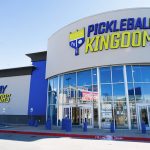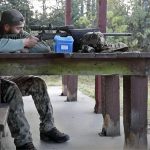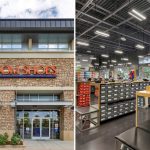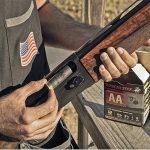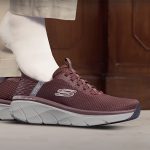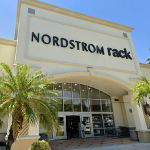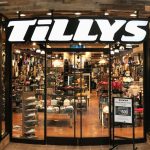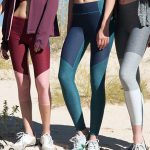Puma AG was able to overcome a tough anniversary in Europe in the second quarter as the company exceeded the strong numbers from a year ago driven in large part by the 2006 FIFA World Cup, but the company was not so fortunate in the U.S. market, which tumbled sharply due to a decrease in business at Foot Locker, Inc. while suffering the effects of a declining U.S. Dollar. While the U.S. decline erased the gains in Europe and Asia, Puma was able to post a respectable low- to mid-single-digit increase in revenues when measured on a currency-neutral basis. Still, management sounded a bit of a cautionary tone regarding the Q2 currency-neutral increase, noting that they would have posted a decline for the period had they not pulled forward some Europe business that would have normally shipped in July.
Company CEO Jochen Zeitz highlighted the fact that the quarter came in better than the backlog picture presented at the start of the quarter, noting that the period also saw upside from increased re-order business and a 20% jump in the ownedretail numbers.
Second quarter consolidated sales dipped 0.7% to 542.8 million ($732 mm) compared to 546.6 million ($412 mm) in the year-ago quarter, or a 3.1% increase on a currency-neutral basis. Global brand sales, which include consolidated sales and license sales, inched up 0.4% to 621.9 million ($839 mm) during Q2, or an increase of 4.2% in currency-neutral terms. EBITDA was down by 7.6% to 71.7 million ($97 mm) and net earnings decreased 9.9% to 45.2 million ($61 mm). Diluted earnings per share were calculated at 2.81 ($3.79), compared with 3.03 ($3.81) in Q2 last year. The net return amounts to 8.3% versus 9.2% in second quarter 2006.
Footwear was down 2.1% (+1.1% currency-neutral) to 320.9 million ($433 mm), Apparel improved 2.2% (+6.8% currency-neutral) to 185.6 million ($250 mm), and Accessories sales declined 2.2% (+2.7% currency-neutral) to 36.3 million ($49 mm) for the period.
Due to the continued weakness of the U.S. Dollar against the Euro and a better hedge than last year, overall gross margins improved approximately 120 basis points to 52.2% of sales. SG&A expenses rose 200 basis points to 40.6% of sales, despite the heavy marketing spend in the year-ago period against the World Cup.
EMEA region sales increased 8.3% to 282.9 million ($381 mm) in Q2, or a currency-adjusted increase of 9.4% for the period. The EMEA region was positively affected by early shipments in June that would normally ship in July. Mr. Zeitz suggested that currency-neutral growth would have been flat without the pull-forward business. Gross margins were off 60 basis points to 54.1% of sales on top a 20 basis point decline in Q2 last year. EMEA represented 52.1% of sales in the second quarter compared to 47.8% of sales in Q2 last year.
In the Americas, sales fell 15.4% (-11.1% currency adjusted) to 145.3 million ($196 mm). Gross margin was up 160 basis points to 49.5% of sales. U.S. sales were down 20.3% to $127.8 million in Q2. The U.S. made up 17.5% of sales in the second quarter, compared to 23.4% in the year-ago period.
Order backlog for the U.S. decreased 16.2% to $211.1 million at quarter-end.
The Asia/Pacific-region improved 0.6% (+9.1% currency-neutral) to 114.5 million ($154 mm). Gross profit margin was up by 70 basis points to 51.0% of sales. Orders backlog was up 20.4% and totaled 191.9 million ($259 mm) with a strong increase in the Chinese market.
Total order backlog was up 0.5% currency-adjusted, but decreased 1.8% in Euro terms, to 1.0 billion ($1.35 bn). However, management said a higher share of orders for deliveries in the following year is already included and orders for the back half of 2007 show a decline of approximately 2% in currency-neutral terms. Footwear orders were down by 6.3% currency-adjusted to 616.0 million ($830 mm). Apparel orders increased 16.2% to 328.8 million ($443 mm) and Accessories grew 1.0% to 56.3 million ($76 mm). Zeitz said he expects the negative backlog trend to continue until the end of the year.
Management confirmed sales and earnings growth in the low-single-digits for fiscal 2007.
>>> The Foot Locker effect may dog the U.S. business through first quarter next year, which would anniversary the last of strong shipment growth to the retailer


